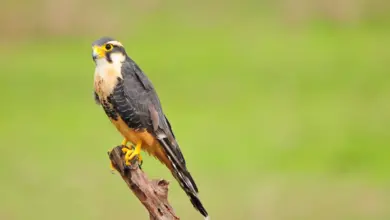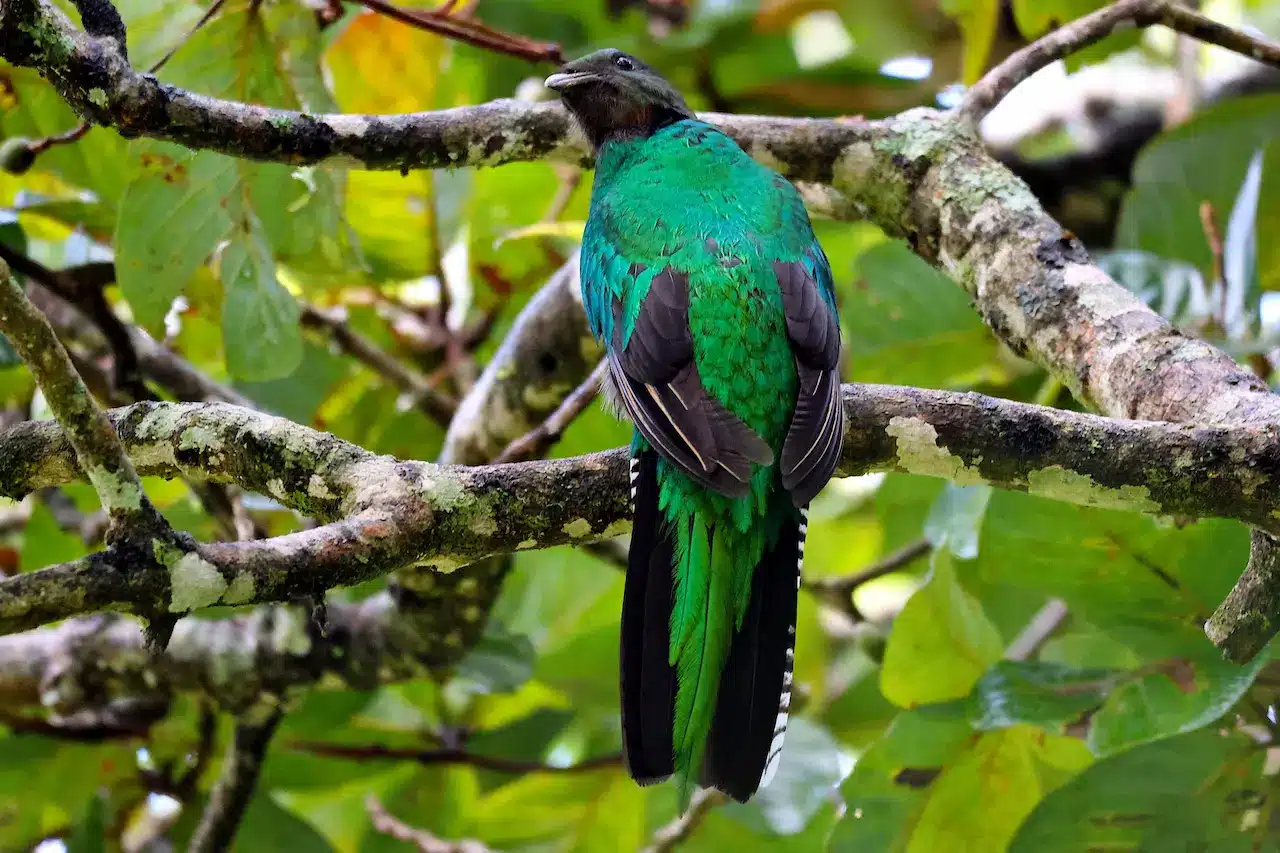Argentavis Magnificens or Giant Teratorn (Extinct)
Argentavis magnificens (literally “magnificent Argentine bird”) is the largest flying bird ever discovered. This bird, sometimes called the Giant Teratorn, is an extinct species known (as of 2006) from three sites from the late Miocene (6 million years before present) of central and northwestern Argentina, where a good sample of fossils has been obtained.
The humerus (upper arm bone) of Argentavis is somewhat damaged. It allows a fairly accurate estimate of its length in life, which was a bit shorter than an entire human arm.
The species had stout, strong legs and large feet which enabled it to walk with ease. The bill was large, rather slender, and had a hooked tip with a wide gape.
Physical characteristics
Currently accepted estimates:
- Wingspan: 5.8–8 m (19 – 26 ft)
- Wing area: nearly 7 m² (75 square ft)
- Wing loading: c. 11.5 kg/m²
- Length: 3.5 m (11.5 ft)
- Height: 1.7–2 m (5.6–6.5 ft)
- Weight: 60–80 kg (140–180 lb)
For comparison, the living bird with the largest wingspan is the Wandering Albatross (3.63 m). Since A. magnificens is known to have been a land bird, another good point of comparison is the Andean Condor, which is not too distantly related to Argentavis. This bird is among the largest land birds, with a wingspan of about 3 m and weighing up to 12 kg.
The ability to fly is not a simple question of weight, except in extreme cases. The size and structure of the wing must also be taken into account. As a rule of thumb, a wing loading of 25 kg/m² is considered the limit for avian flight.
The heaviest extant flying bird is not heavier than 20 kg (there are several contenders, among which are the European Great Bustard and the African Kori Bustard). The Sarus Crane is the tallest flying bird alive, standing nearly as high as Argentavis due to its long legs.
The largest known flying creatures are a group of pterosaurs named azhdarchids, extinct flying animals that existed during the age of the dinosaurs and died out at the end of the Cretaceous. Estimations of the wingspan of the largest species like Quetzalcoatlus and Hatzegopteryx exceed 10 m, with less conservative estimates being 12 m or more.
Ecology
As with all extinct species, not much can be known about the Giant Teratorn’s behavior. From the size and structure of its wings, it is inferred that A. magnificens flew mainly by soaring, using flapping flight only during short periods.
It probably used thermal currents as well. It has been estimated that the minimal velocity for the wing of A. magnificens is about 11 m/s or 40 km/h.
Especially for takeoff, it would have depended on the wind, as although its legs were strong enough to provide it with a running or jumping start, the wings were simply too long to flap effectively until the bird was some meters off the ground.
However, skeletal evidence suggests that its breast muscles were not powerful enough for wing flapping for extended periods. Argentavis may have used mountain slopes and headwinds to take off and probably could manage to do so from even gently sloping terrain with little effort.
It may have flown and lived much like the modern Andean condor, scanning large areas of land from aloft for carrion. The climate of the Andean foothills in Argentina during the late Miocene was warmer and drier than today, which would have further aided the bird in staying aloft atop thermal updrafts.
This species seems less well suited for predation aerodynamically than its relatives. It probably preferred to scavenge for carrion, and it is possible that it habitually chased metatherian carnivores such as Thylacosmilidae from their kills.
Unlike extant condors and vultures, the other species of teratogens generally had long, eagle-like beaks and are believed to have been active predators, being less ponderous than Argentavis.
When hunting actively, A. magnificens would probably have swooped from high above onto their prey, which they usually would have been able to grab, kill, and swallow without landing. Skull structure suggests that it ate most of its prey whole rather than tearing off pieces of flesh.
Argentavis’ territories measured probably more than 500 square km, which the birds screened for food, possibly utilizing a generally north-south direction to avoid being slowed by adverse winds. Comparison with extant birds suggests it laid one or two eggs with a mass of somewhat over 1 kg – somewhat smaller than an ostrich egg – every two years.
Climate considerations make it likely that the birds incubated over the winter, mates exchanging duties of incubating and procuring food every few days, and that the young were independent after some 16 months, but not fully mature until aged about a dozen years.
Mortality must have been very low; to maintain a viable population less than about 2% of birds may have died each year. Of course, Argentavis suffered hardly any predation, and mortality was mainly from old age, accidents, and disease.
It appears likely, therefore, that the average and maximum age reached by these creatures was fairly large – possibly some 50-100 years; compared with ostrich at perhaps 60-70, and parrots at perhaps 80-120 at most – if they were to mature and reproduce and replace members that had died ‘young’ – for whatever reason.
Presently, no direct evidence is available for this suggestion; however, the K-strategy lifestyle correlates with greater average and maximum age.
Photo, Video, and/or Article contributions are welcome! You can Upload articles and images here. Thank you!
Beauty Of Birds strives to maintain accurate and up-to-date information; however, mistakes do happen. If you would like to correct or update any of the information, please contact us. THANK YOU!!!




